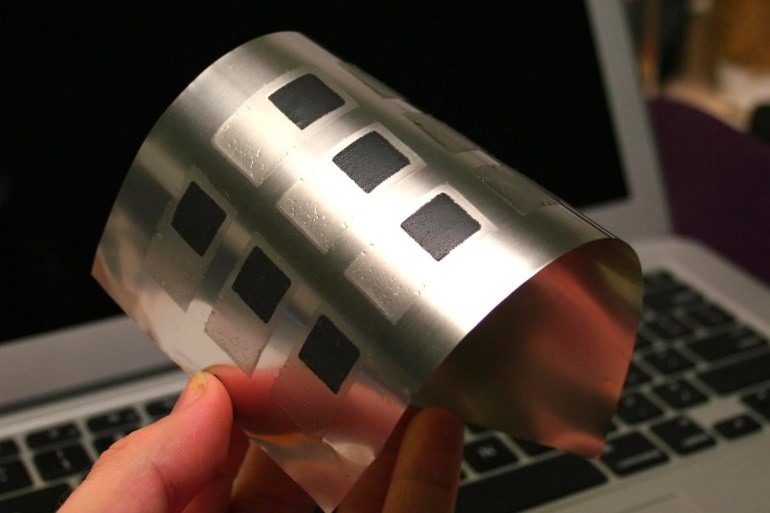In the era of the technological revolution, people manufacture huge amounts of electronics that will inevitably turn into waste one day, and waste here means everything that is recycled, renewed, reused or sold, in addition to what is thrown in the form of waste.
The e-waste crisis revolves around the fact that it is not biodegradable and environmentally friendly in the event that it is disposed of in improper ways, which threatens human health and the safety of the environment, especially if we know that the world produces about 50 million tons of e-waste annually, which prompts scientists to search for innovative ways to confront this danger.
In one of these attempts, a group of researchers from the Swiss Federal Laboratories for Materials Science and Technology succeeded in creating an environmentally friendly and biodegradable paper battery made of sustainable materials, and the cost of manufacturing is low, moreover, it can be produced in many shapes and sizes as needed.
The world produces about 50 million tons of electronic waste annually (websites)
Environmentally friendly battery
The researchers wrote in their paper, published in the journal "Scientific Reports" on July 28, "The battery is based on an electrochemical cell with two metal poles and an antenna, and uses zinc - as a biodegradable metal - as the anode, graphite as the cathode, and paper separating between electrodes, and an aqueous solution.
The researchers say it is a "printed paper battery that was developed to power single-use electronic devices to reduce their environmental impact."
The battery is made of paper impregnated with sodium chloride salt, is less than a square centimeter in size, and is printed;
One ink contains graphite flakes as the cathode (positive end), while the other ink on the other side of the paper contains zinc powder as the anode (negative end).
A third ink - consisting of graphite flakes and carbon black - is printed on both sides, on top of the other two inks, which connect the positive and negative with two wires, and the two wires are fixed to one end of the paper after being dipped in wax.
Activating the battery requires just a small amount of water, not more than two drops, as this leads to dissolving the salts inside the paper and releasing charged ions that then activate the battery during its transmission, and the electrical circuit is closed by connecting wires to the electrical device, and electrons move from the negative ends to the positive parties.
The two-cell battery, used to power the alarm clock and its LCD display (Scientific Reports)
Energy equivalent to alkaline battery
"We manufactured a two-cell battery and used it to power an alarm clock and its LCD display," the researchers say in their paper. This technology holds a lot of potential for low-power sensors and trackers.
At a constant voltage of 1.2 volts, the paper battery is close to the level of an alkaline battery (AA) of 1.5 volts, and the battery begins to produce energy about 20 seconds after adding water, according to the team's experiments.
"This demonstration shows that although capacity is limited when compared to standard technologies, our battery is still suitable for a wide range of low-power electronics and the Internet of Things (IoT) ecosystem," the researchers wrote in their paper.
As the paper dries up and over time the battery's efficiency decreases, but it can be charged with more water, and with the extra water the battery can still produce 0.5 volts two hours after it's first activated.
Battery production described in the research paper is not very complicated (Getty Images)
The report, published on Science Alert, states that this study is largely a "Proof of Principle" type study, and that the battery described in the paper is not too complex to produce, and the researchers say they want to improve Efficient battery in the future, make it work longer.
In their study, the researchers conclude, "With increasing awareness of the e-waste problem and the emergence of single-use electronics for applications such as environmental sensing and food monitoring, there is an increasing need for batteries with low environmental impact."

